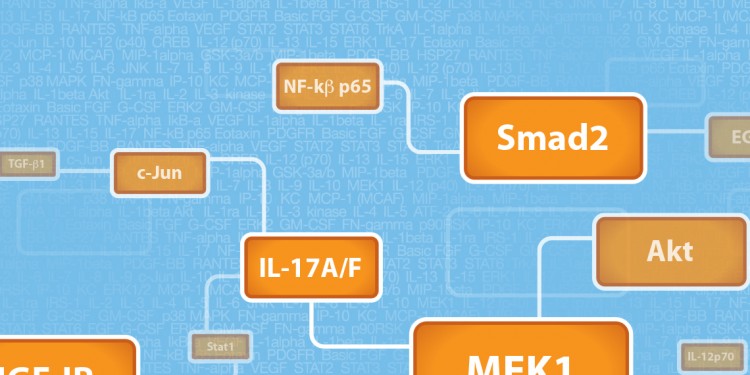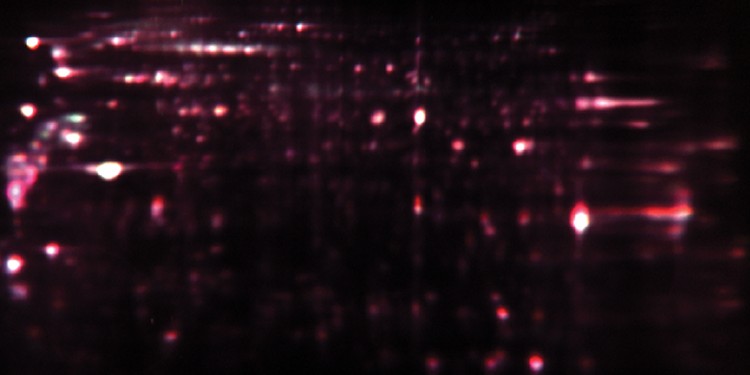
Multiplex Analysis of Cell Death Markers Using Bio-Plex Pro™ RBM Apoptosis Assays

Applications of Bio-Plex Pro™ Cell Signaling Akt and MAPK Assay Panels in Signal Transduction Pathways

Profiling Dynamic Cancer Drug Responses with BioMarker Strategies, LLC and the Bio-Plex® Multiplex Immunoassay System

High Sensitivity of Bio-Plex® Multiplex System is Key in Study for Novel Melanoma Therapeutics

Image Lab™ 4.1, the Latest Software Version, Addresses the Challenges of Multiplex Analysis and Protein Normalization

Focus on the Biology: Bio-Rad’s New Bio-Plex Data Pro™ Software Simplifies Multiplex Data Analysis

Multiplex Analysis of Inflammatory Markers Using Bio-Plex Pro™ Human Th17 Cytokine Assays

Bio-Plex® System in Korea — Seeking to Improve Outcomes for Cancer Patients

New Multiplex Assays for Th17 Cytokine Research


